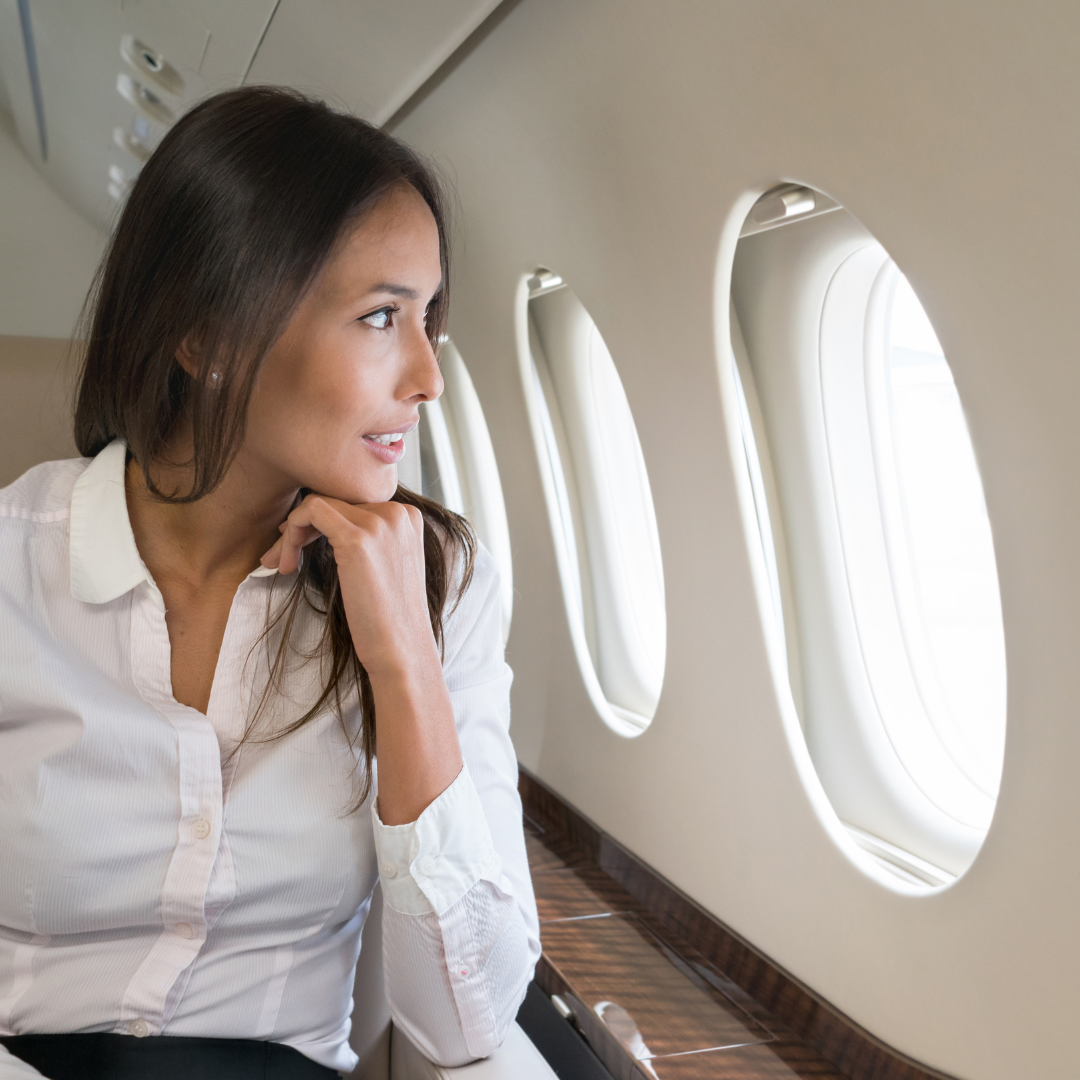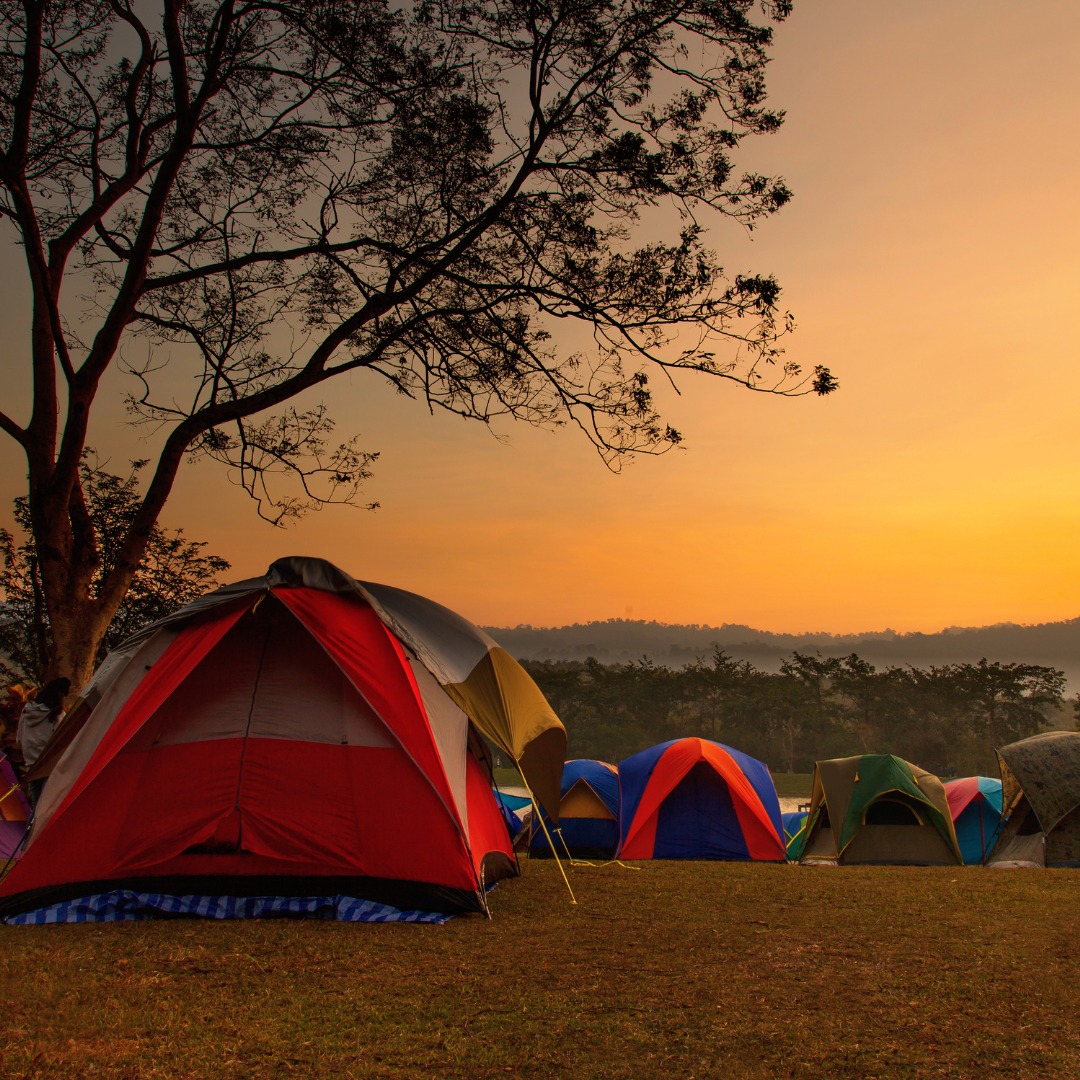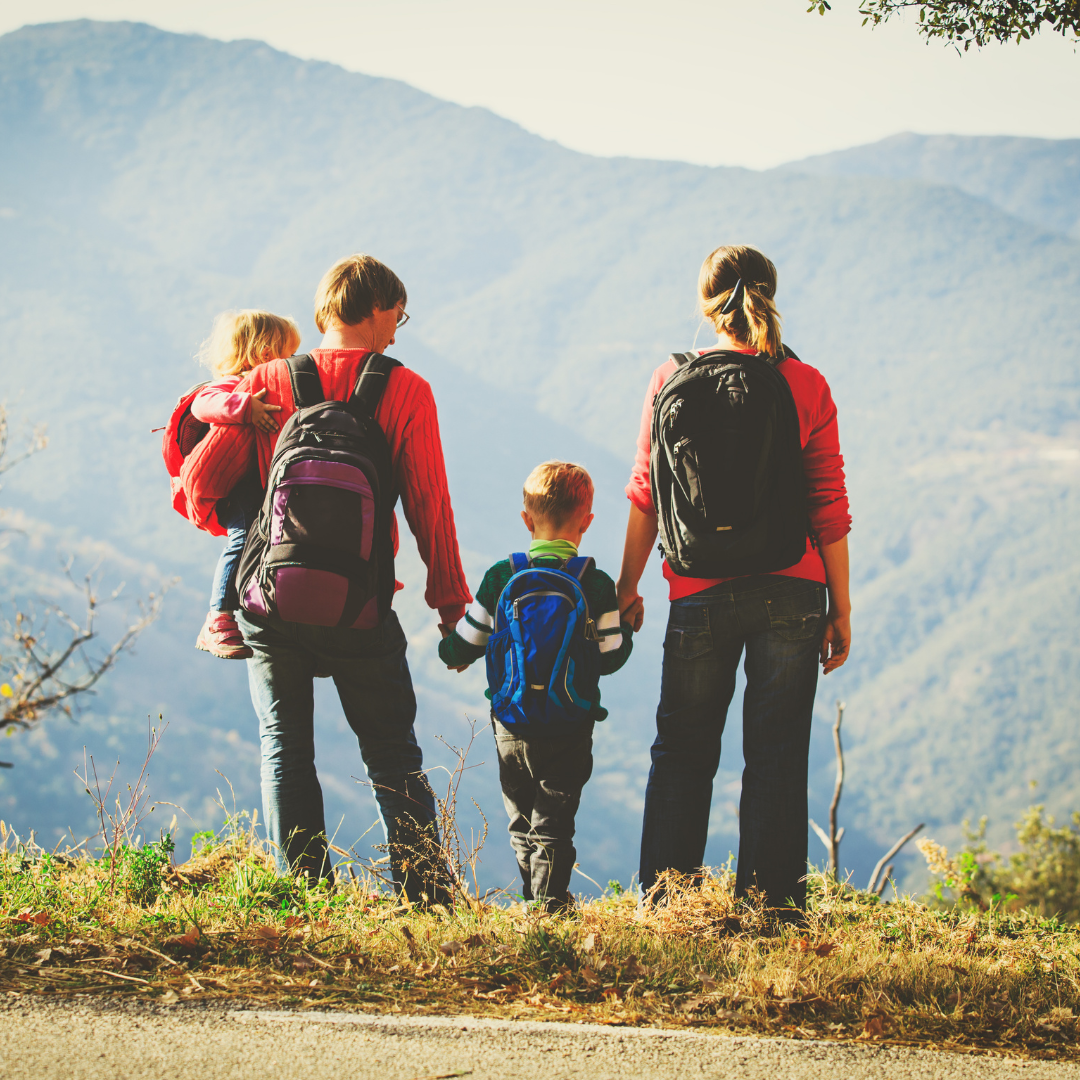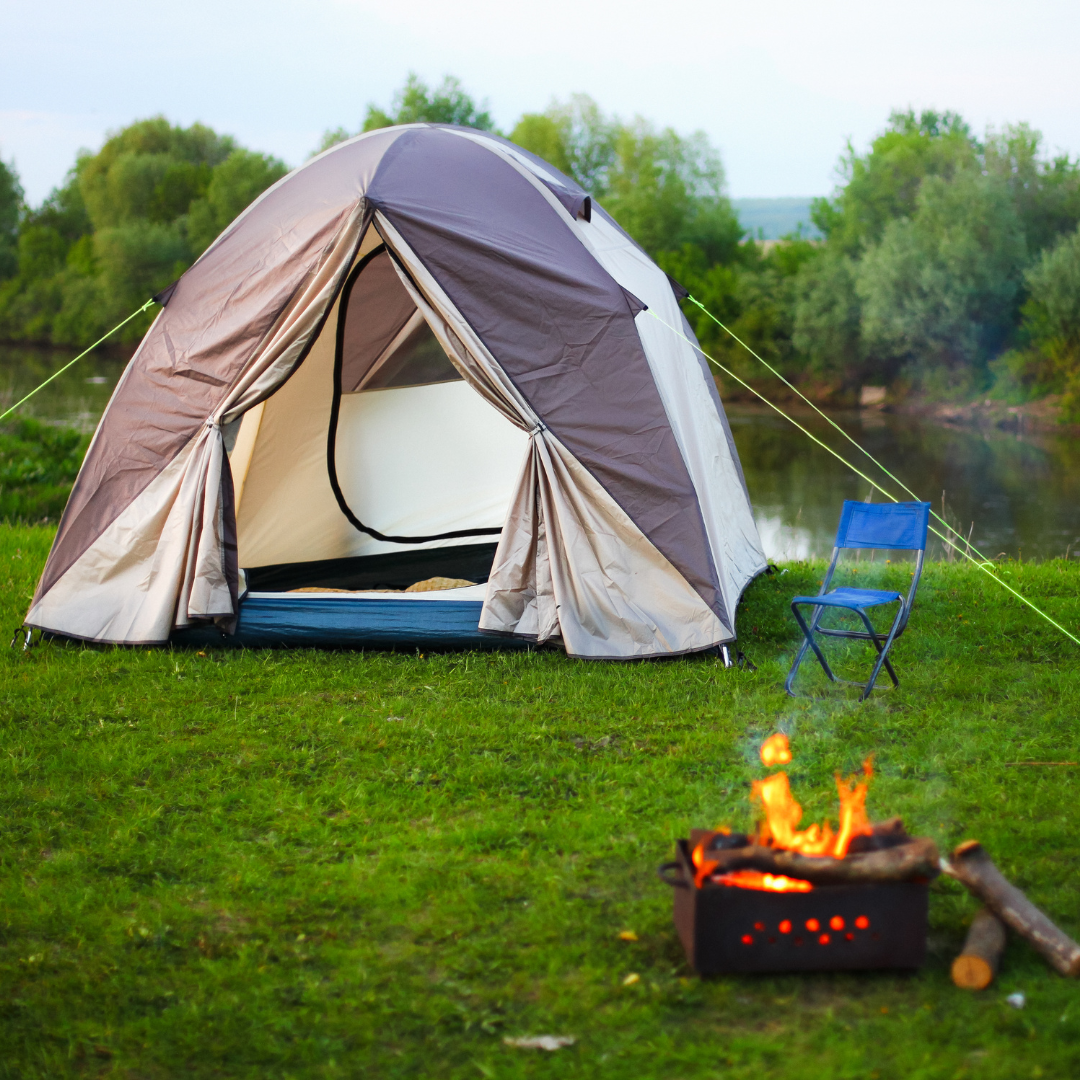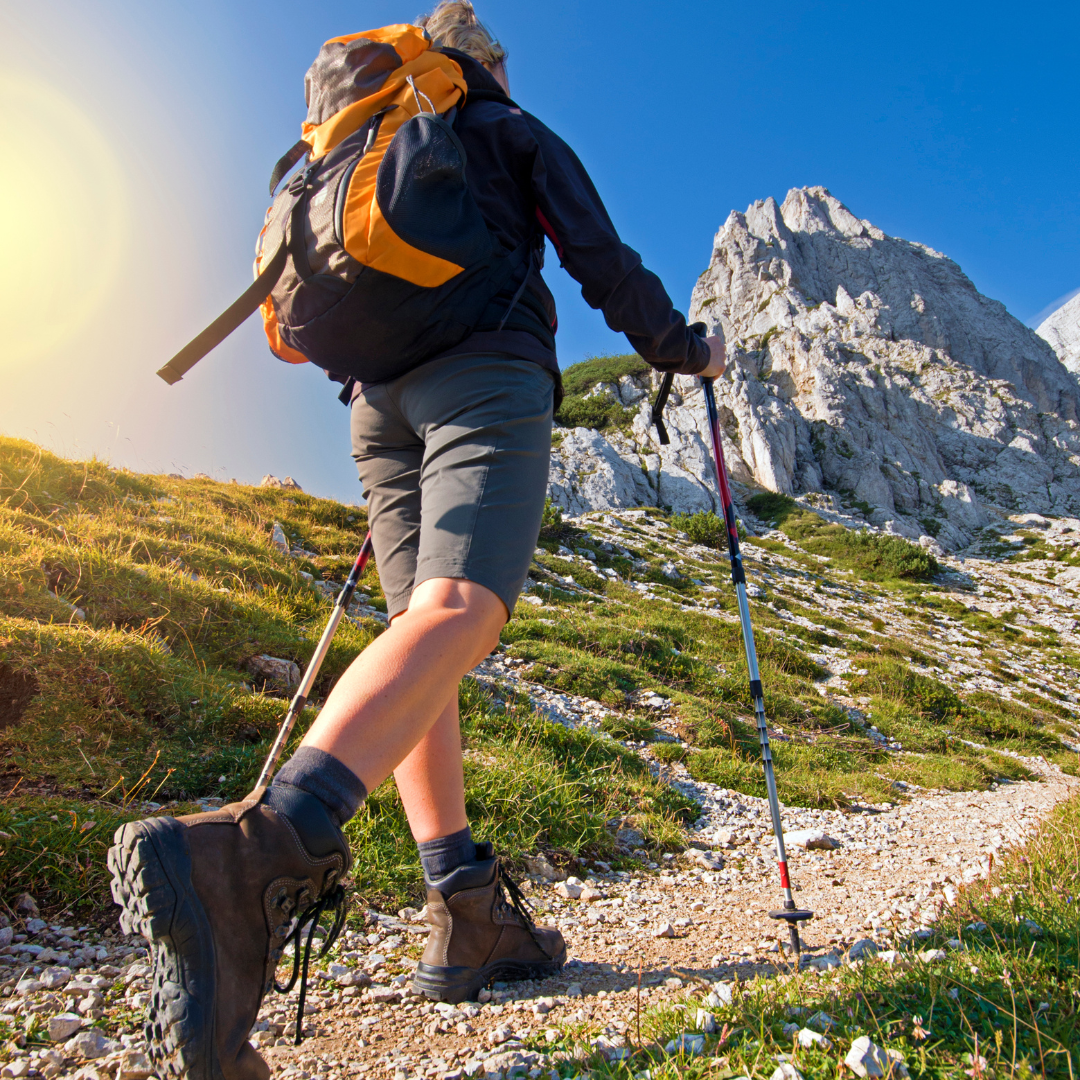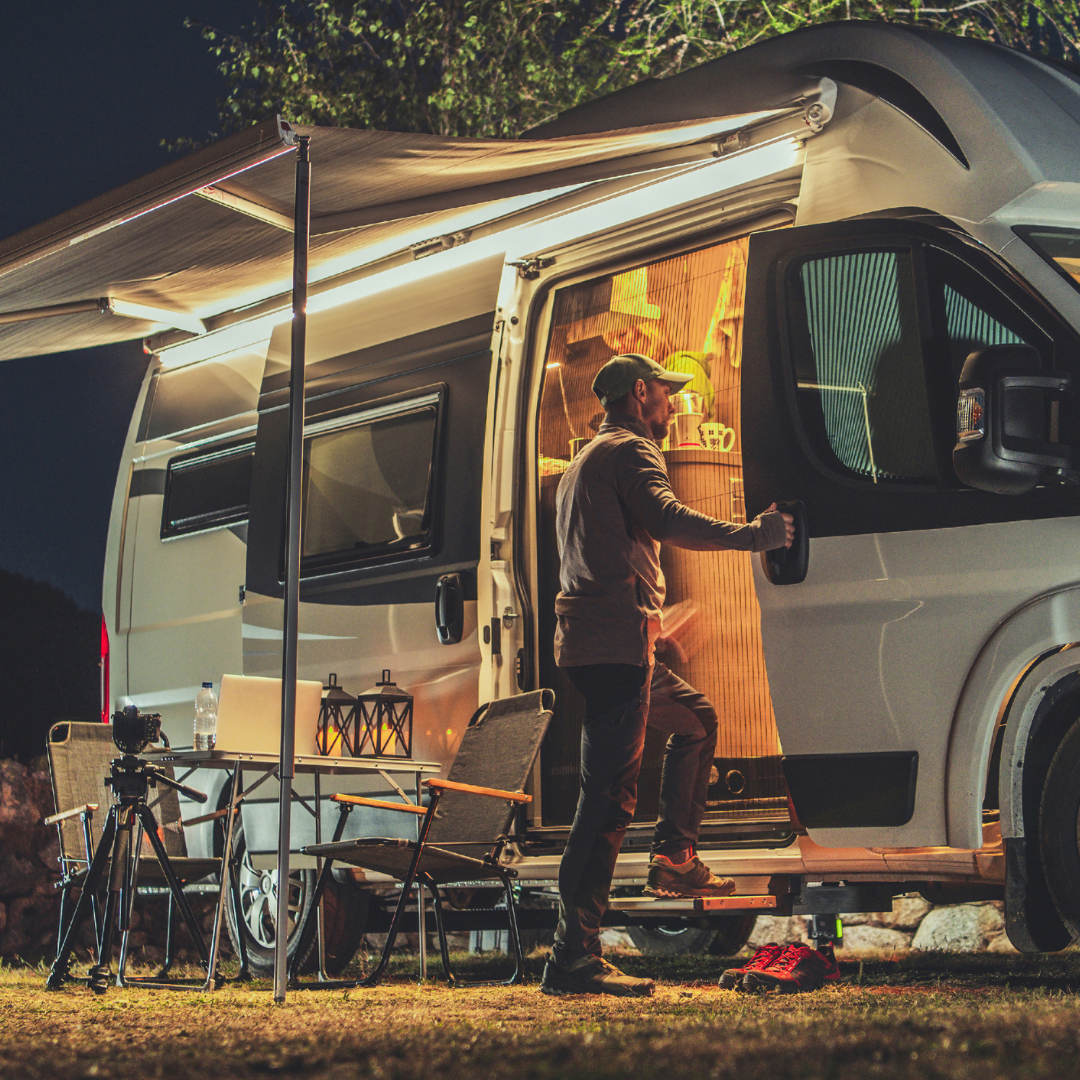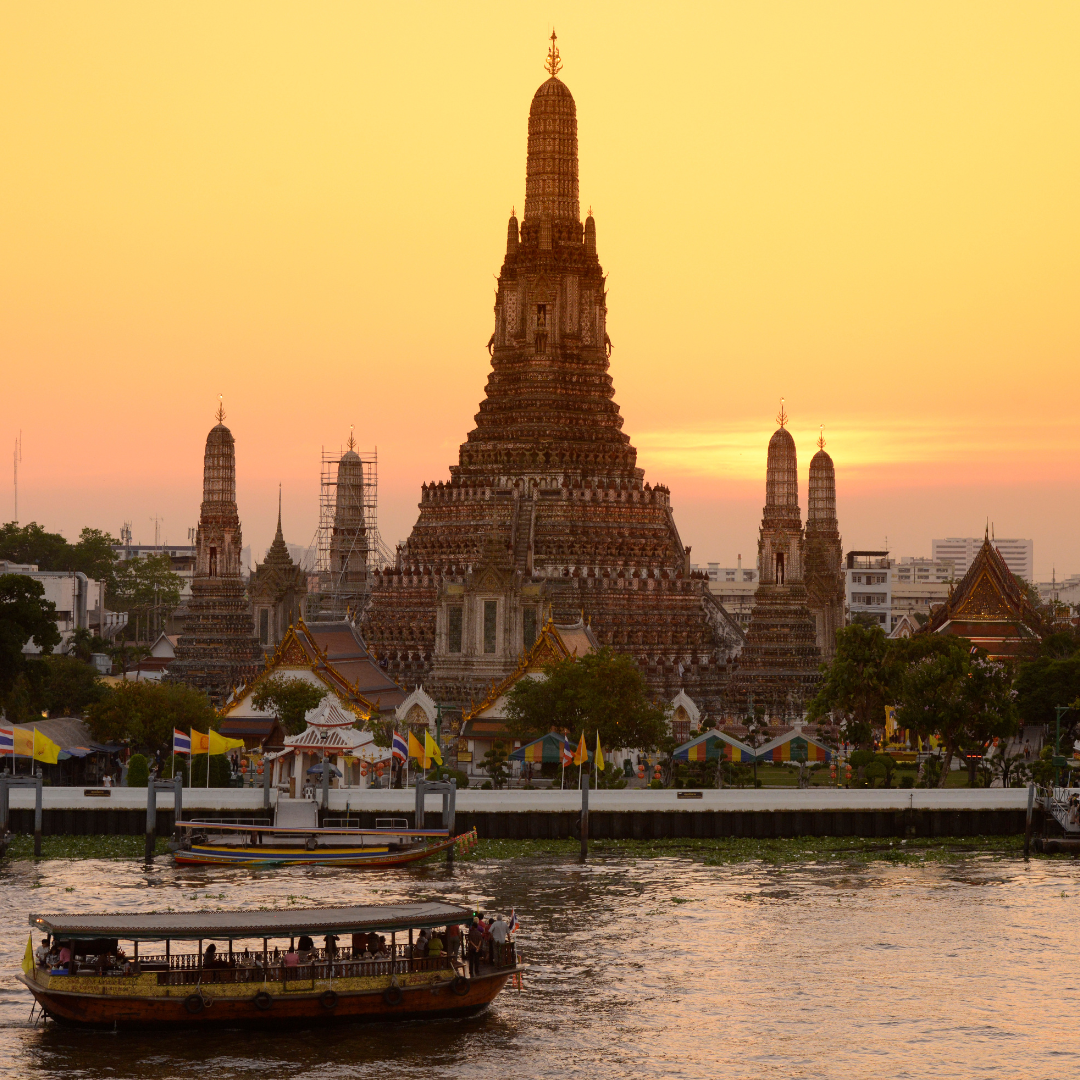10 Taboos of Plane Etiquette: Avoid These Behaviors at All Costs
Are you a frequent flyer? Do you know what’s acceptable and what’s not when it comes to plane behavior? Airplanes are small spaces, and manners go a long way in ensuring everyone has an enjoyable flight.
In this blog post, we’ll be discussing the top ten taboos of plane etiquette that every traveler should avoid at all costs. Learn how to be a courteous passenger and make your next flight smoother for everyone involved. Let’s get started!
1. Reclining Your Seat All the Way
It may be tempting to recline your seat all the way back on a long flight, but it’s not polite. Not only does it intrude on the space of the person behind you, but it also makes it difficult for them to get up and use the restroom or stretch their legs. If you must recline your seat, do so slowly and carefully, and be mindful of the person behind you.
2. Loading Up on Fragrances
While it may be tempting to load up on all your favorite fragrances before a long flight, resist the urge! Many people are sensitive to strong smells, and being trapped in a small space with a strong fragrance can be incredibly overwhelming. If you must wear perfume or cologne, apply it sparingly.
3. Wearing Offensive Clothing
If you wouldn’t wear it in front of your grandmother, don’t wear it on an airplane. That’s the general rule of thumb when it comes to offensive clothing.
What is considered offensive clothing? It varies from culture to culture. But generally speaking, anything that is too revealing, has profanity or obscene images or promotes violence or hatred is considered offensive.
So before you board your next flight, take a moment to consider what you’re wearing. If you’re not sure if it’s appropriate, err on the side of caution and dress more conservatively.
4. Making Too Much Noise
Be mindful of how much noise you’re making. If you’re watching a movie on your laptop, use headphones. If you’re reading a book, be aware of turning pages loudly. Just try to be considerate of others around you who are trying to sleep, work, or just relax.
5. Taking Shoes or Socks Off
When it comes to taking your shoes or socks off on a plane, there are a few things to keep in mind. First, take into consideration the personal space of those around you. If you’re in a window seat, for example, refrain from putting your bare feet up on the armrests or kicking the back of the seats in front of you. Not only is this incredibly rude, but it’s also unsanitary.
Another thing to consider is the fact that taking your shoes or socks off can be quite bothersome to those seated near you. If you must take them off, do so discreetly and with as little fanfare as possible. And for goodness sake, make sure your feet are clean! No one wants to smell your stinky feet during a long flight.
Lastly, remember that not everyone is comfortable with bare feet being exposed in close quarters. If you have any doubts about whether it’s appropriate to take your shoes or socks off, err on the side of caution and keep them on.
6. Hogging Overhead Space
It’s no secret that airplane overhead bins are often crammed full, making it difficult to find space for your carry-on bag. And while it may be tempting to just put your bag wherever you can find an opening, there’s a right way and a wrong way to do it.
If you’re putting your bag in an overhead bin that’s already partially full, be sure to take only the space you need. Don’t try to shove your bag in or push other people’s bags out of the way. This is not only rude, but it can also be dangerous.
Also, be mindful of where you’re putting your bag. If you’re sitting in an aisle seat, try to put your bag in a bin on the other side of the plane so that people can easily get past you. If you’re in a window seat, put your bag in the bin closest to you.
And finally, don’t wait until everyone else is boarding before you try to find a spot for your bag. By then, the bins are likely to be full and people will be getting frustrated. So do yourself (and everyone else) a favor and stow your bag as soon as you board the plane.
7. Using Your Mobile Phone Without Airplane Mode On
It’s no secret that using your mobile phone on an airplane can be a major nuisance to your fellow passengers. But did you know that there are some pretty serious consequences to using your phone without airplane mode on?
For starters, if the plane is below 10,000 feet, you’re interfering with the aircraft’s radio communications. That means that you could be preventing the pilot from hearing important instructions from air traffic control.
But it gets even worse: If the plane is below 3,000 feet, your phone’s signal could interfere with the plane’s navigation system. In other words, you could be putting the lives of everyone on board at risk!
So next time you’re tempted to use your phone on a plane, make sure it’s in airplane mode. It might just save a life.
8. Smoking on the Plane
Smoking on a plane is one of the most taboo behaviors you can engage in while flying. It is not only incredibly rude to those around you, but it is also a safety hazard. If you must smoke, do so in the lavatory with the door closed.
9. Gossiping and Complaining
Gossiping and complaining are two of the most common taboos when it comes to plane etiquette. Not only is it rude to your fellow passengers, but it can also be a major annoyance.
If you must gossip or complain, do so in a low voice and try to keep it to yourself. Remember that everyone on the plane is trying to enjoy their flight, so respect their space and keep your voices down.
10. Aggressive Behavior
In-flight aggression is never okay. It doesn’t matter if the person in the seat next to you is encroaching on your personal space, or if they accidentally elbow you during turbulence.
Stay calm and collected. Lashing out in anger will only make the situation worse and could potentially get you kicked off the plane. Remember, we’re all in this together!

